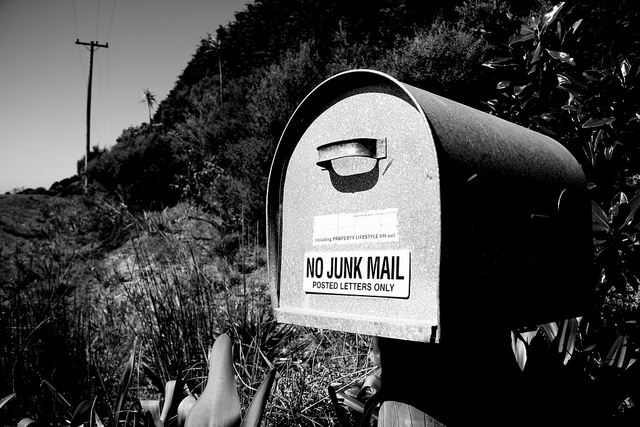As year-end giving is quickly approaching, I wanted to offer a few tips for inexpensive ways for you to best optimize your year-end fundraising campaigns to max the most of this giving season. I’ve broken it into two blog posts – offline mailing campaigns and online mailing campaigns (view part 2 here). For the sake of these blog posts, here’s what I am talking about for offline vs online:
Offline = Paper mailing & appeals
Online = Email campaigns and opportunities on your website
In this post, I will be covering how to optimize offline fundraising campaigns.
Eight ways to optimize offline campaigns
Despite what some people say or think, direct mailing appeals are still some of the most effective fundraising campaigns. Try these eight optimization techniques:
Check your salutations
The first hurdle in any appeal is getting someone to read it. If your donor’s name isn’t correct on the envelope, how likely will it get opened?
Make it stand out
For direct mail, the outer envelope has the most impact on open rates. Does it look like junk mail or like something special that you can’t wait to open? Make sure people are easily able to tell who sent the letter.
De-duplicate your list and run a National Change of Address and Cass Certification data service
Don’t waste your time, materials and money on duplicate mailings and bad addresses. NCOA is a very inexpensive service and it should be run within 90 days of your mailing. Household appropriate partners and family members – nobody enjoys getting multiple copies of the same letter from the same organization. It’s wasteful and impersonal.
Segment your list and track response rates
Use that information to identify which parts of your donor base are most responsive. A common way to segment is by most recent gift date and largest gift amount.
Write to your audience
Make sure to include things each donor is interested in, and share ways that their contributions have helped the work your organization does. Keep it short and personal.
Place the ask up front
Organizations often wait until the end of the letter to ask for money, but don’t make your audience guess what the purpose of your letter is. Make sure to ask right up front, then do it again later in the appeal. Always thank the donor for their past support, and for considering additional support.
Don’t forget to ask for a specific amount
Giving history segmentation will allow you to batch your appeals by donor levels and ask for the appropriate increase over last year’s gift. But be sure to make it easy for them to choose an option for their own giving amount – they may very well be driven to give more than you ask!
Test, test, test
Always do at least 2 versions of your appeal. One is the control the other is a test to see if it can beat the control. Only test one element of the communications at a time, and send to a sample of the list.
Do you have any questions? Other suggestions you would like to offer? Leave them in the comments below!
We’ll cover online campaigns in Part 2!
Find more information on Data Services such as NCOA appends and prices from thedatabank.


 thedatabank, gbc is technology for change, and we walk the talk.
thedatabank, gbc is technology for change, and we walk the talk. 

